Montana in 30 Years: WILDFIRES
Interview with Ralph Rau | U.S. Forest Service
Ralph Rau
is the Director of Fire, Aviation, and Air for the USDA Forest Service’s Northern Region which spans portions of North and South Dakota, Montana, and Northern Idaho.
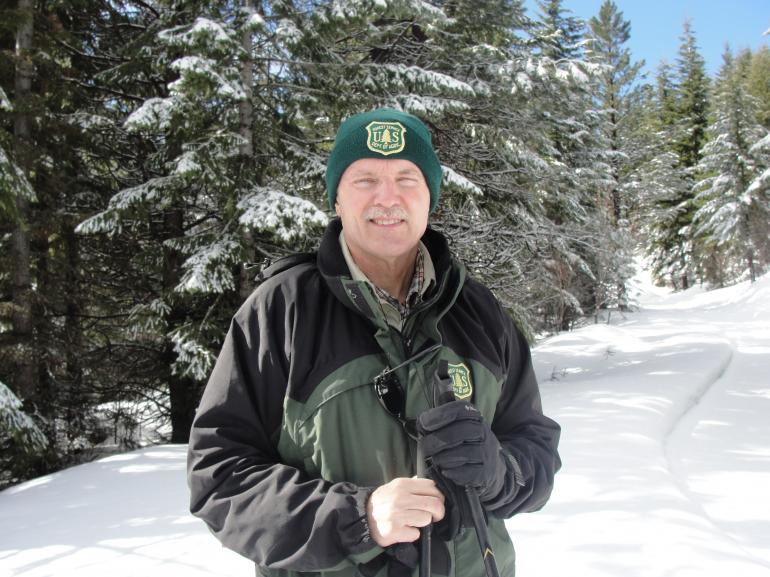
Montanans have grown increasingly expectant that there is now a regular “fire season” in Montana. What is the most likely scenario for the duration of “fire season” over the next 30 years?
Studies show that fire season has gotten longer and that trend is predicted to continue. One research study found that since the 1980s, the average fire season length increased by 78 days. Another report concluded that, despite variation between years, western states are gradually evolving toward a typical fire season of more than 300 days per year.
What proportion of Montana forests are likely to burn by the year 2048?
Based on current conditions and data, we estimate that an average of about 115,000 acres of forest land in Montana will burn each year for the next three decades. That means that by 2048, a total of about 3.5 million acres, or nearly 14% of Montana forest land, could burn.
What are the critical factors involved in climate change which will continue to contribute to severe fire conditions in Montana?
Two climatic factors most influence wildland fire severity across Montana: rising temperatures and reductions in summertime precipitation.
What are the critical factors involved in climate change which will continue to contribute to severe fire conditions in Montana?
Two climatic factors most influence wildland fire severity across Montana: rising temperatures and reductions in summertime precipitation.
What are the most promising long-term plans the forest service has for fire prevention and management over the next three decades?
The USDA Forest Service has been working with other federal, tribal, state, and local government agencies to develop and implement the “National Cohesive Wildland Fire Management Strategy” to address the challenges posed by wildfires in the U.S. This strategy has three components that are all critical for fire prevention and management: Safe and Effective Wildfire Response; Fire Adapted Communities, and Resilient Landscapes.
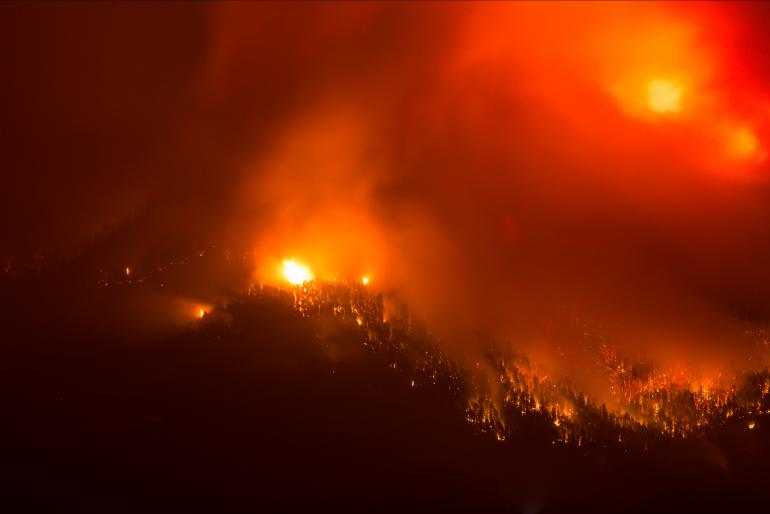
At this time, the most promising plans for fire prevention and management over the next three decades are in the Resilient Landscapes component. Thanks to the help of the Montana congressional delegation, and many other members of Congress, the USDA Forest Service received an additional $40 million for hazardous fuels reduction and the bill includes several provisions that will significantly enhance the USDA Forest Service’s ability to actively manage and improve the condition of America’s forests.
Currently, at least one acre in three is in poor health. The agency is committed to actively manage our forests to improve their conditions while providing the products and services that citizens need.
How would you rate Montana’s preparedness for wildfire season relative to other states? How can Montana improve its preparedness in the future?
Montana is as well prepared as possible to respond to wildfires. The strength of the wildfire response system in Montana, and all states, is that federal, tribal, state, local, and volunteer agencies all work together to share firefighters, engines, aircraft, and other wildfire suppression assets and to respond to wildfires on land under the jurisdiction of all agencies. Responding to wildfires is very difficult because while we can predict areas that have high potential for wildfires, we can’t predict when or where human-caused wildfires can occur and we can experience dry lightning storms that ignite hundreds of wildfires over a large area all at the same time. During periods of high wildfire activity, agencies in Montana work together to prioritize wildfires with those threatening lives, property, community infrastructure, and valuable natural and cultural resources receiving wildfire suppression assets first and all wildfires receiving wildfire suppression assets as quickly as possible.
Are there any new technologies on the horizon which might mitigate the intensity or duration of the fire season?
The intensity and duration of the fire season are driven by a variety of short and long term factors including buildups of trees, brush, and grass, known as “hazardous fuels;” insect and disease epidemics; invasions of non-native species, such as cheatgrass, and; long and short term weather conditions (i.e. drought, temperature, humidity, winds, etc.). Fire season is predicted to continue to get longer, as previously discussed, and scientists predict that by the middle of this century, the average number of acres burned annually will double.
There are a number of new technologies that could help the USDA Forest Service mitigate the intensity or duration of fire season by enhancing the safety and effectiveness of wildfire response. These include more widespread use of Unmanned Aircraft Systems (UAS, also known as drones) which could help enhance wildfire management in a variety of ways; improvements in the resolution of images acquired by sensors on satellites that may help detect wildfires earlier, and; implementation of models that identify areas that have high numbers of human caused fires and are at high risk of catastrophic wildfires help focus fire prevention and active management efforts.
How can the average citizen have an impact on prevention and suppression of wildfires over the next many years?
There are three key ways that members of the public can have an impact on prevention and suppression of wildfires. First, take the time to learn how to prevent human-caused wildfires. Nationally, nearly nine out of ten wildfires are human caused. The fewer human caused wildfires that agencies like the USDA Forest Service have to respond to, the more they can focus on wildfires that can’t be prevented, such as lightning caused wildfires. On land managed by the USDA Forest Service, campfires are the biggest source of human-caused wildfires. Information about campfire safety, and how to prevent other types of human caused wildfires, is available at smokeybear.com.
Second, individuals who live in the wildland urban interface, those places where human development and fuels intersect, should take the time to “harden” their homes and to create defensible space. Research shows that structure hardening or reducing a structure’s vulnerability to ember intrusion is the most effective way to reduce ignition from wildfires. Structure hardening, combined with creating defensible space, not only helps improve the chances that structures will survive wildfires but also enhances safety for wildland firefighters. Additional information is available at www.fs.fed.us/managing-land/fire/fac
Finally, members of the public can participate in efforts to plan projects to help create resilient landscapes on National Forests in their areas and can participate in efforts to implement the National Cohesive Wildland Fire Management Strategy in the West. To determine which National Forest(s) are located nearby, go to www.fs.fed.us/ and use the “Find a Forest or Grassland” function. To learn more about the implementation of the National Cohesive Wildland Fire Management Strategy in the West, go to www.wildfireinthewest.blogspot.com
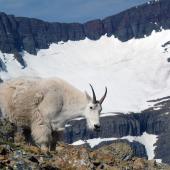

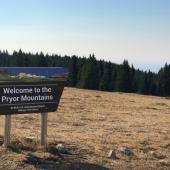
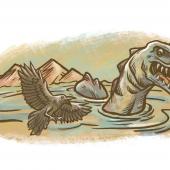

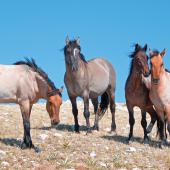
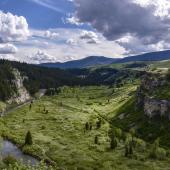
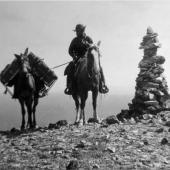

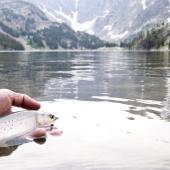
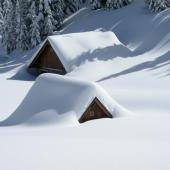
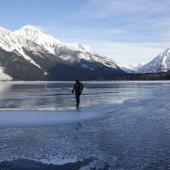
Leave a Comment Here